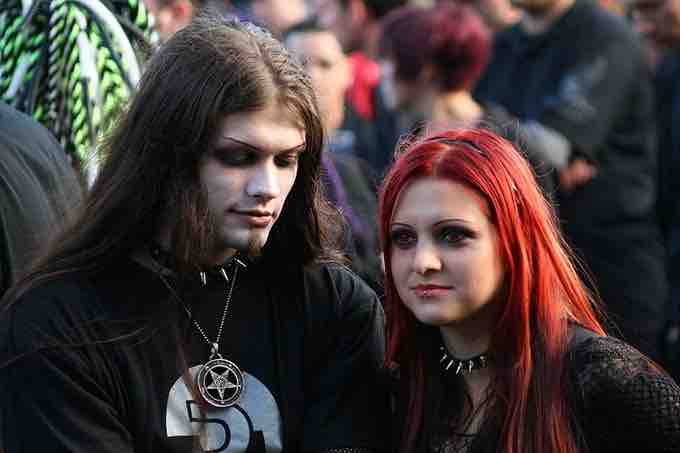American sociologists Richard Cowan and Lloyd Ohlin extended Robert K. Merton's social strain theory to directly address juvenile delinquency and social class. If you recall, social strain theory develops a typology of deviance in which an individual can deviate on two planes. An individual can be deviant by refusing to accept social norms or an individual can deviate by accepting social norms but using deviant means to achieve their realization. In the context of the U.S., in which prosperity is a social value, one could deviate by rejecting the notion of wealth. Alternatively, one could deviate by aspiring to a wealthy lifestyle but earning one's living as a pickpocket.
In 1960, Cowan and Ohlin published Delinquency and Opportunity: A Theory of Delinquent Gangs. In this work, they noted that the individuals who achieved social norms by deviant means frequently operated from within institutions that, similarly to those operating in normative institutions, had rules of behavior. A key to understanding Cowan and Ohlin's theory is the notion of subculture. A subculture is a group of people with a culture that differentiates them from the larger culture to which they belong . Subcultures create a stacking or layering effect within a larger cultural context. While a pickpocket may deviate from American social norms, he adheres to social norms of a smaller group of individuals who identify as American pickpockets. Cowan and Ohlin asserted that subcultures have rules of their own. Illegitimate opportunity structures are the rules that operate within deviant subcultures. Cowan and Ohlin emphasized how the structures of these deviant subcultures paralleled the rules and operations of more socially acceptable institutions.

Goths
Goths are an example of a subculture: A group of people with a culture that differentiates them from the larger culture to which they belong.
Cowan and Ohlin used juvenile delinquency as a case study to explore this theory of illegitimate opportunity structures. In a criminal subculture, youth learn to use crime for material gain. This subculture usually forms in areas where there is an established organization of adult crime that provides an illegitimate opportunity structure for youths to learn how to behave criminally for material success. In a conflict subculture, youth learn to form gangs as a way to express frustration about the lack of normative opportunity structures in their neighborhood. New initiates into the gang will learn how to engage in conflict or gang activities to express frustrations by watching gang leadership. Thus, gangs become a subculture of their own, in contradistinction to the normative, peaceful model of youth behavior. Finally, in a retreatist subculture youth learn to reject both legitimate and illegitimate opportunity structures. These individuals are thought to be "double failures" in that they engage in conduct that is neither normative and accepted by society at large nor deviant but accepted by a subculture.
Criminal and conflict subcultures demonstrate that individuals can reject the normative means of the culture at large and still find a place within a smaller deviant subculture. The retreatist subculture is the exception that proves the rule of illegitimate opportunity structures. The extreme deviance and isolation of individuals affiliated with a retreatist subculture demonstrate that others who engage in deviant behavior are able to find a subculture to which to subscribe.